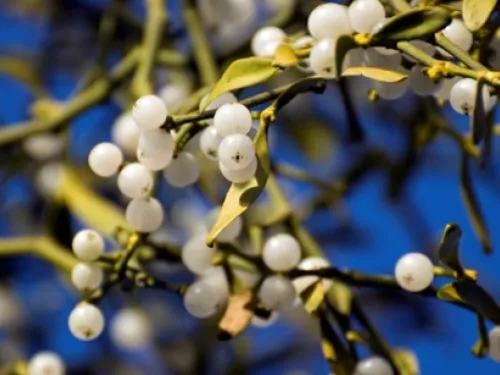Carrying out a butterfly transect each week provides a wonderful opportunity to follow the fate of these beautiful insects throughout their flight period. Over time you can see first-hand how their numbers are changing in a particular place. It also lets you get to know an area especially well, following the fortunes not only of butterflies but of other wildlife too. On our Cole Wood transect on the Blean near Canterbury we have seen this year how coppicing sweet chestnut has allowed butterfly numbers to skyrocket with sightings including Brimstone, Green Hairstreak and Painted Lady in the Spring and White Admiral this Summer.
Continued management by Kent Wildlife Trust and other organisations is also vital for the rare Heath Fritillary on the Blean. Regular coppicing is required to maintain cow wheat, the butterfly’s larval food plant. Pleasingly, numbers of Heath Fritillary have been higher on our transects this year than last. Counts on our West Blean West transect are higher than in Cole Wood, but with the recent coppicing in Cole Wood we hope that numbers will increase in this area next year.
While carrying out a weekly transect is a big commitment, anyone with 15 minutes to spare can become involved in the Big Butterfly Count underway now until August 9th. See www.bigbutterflycount.org






